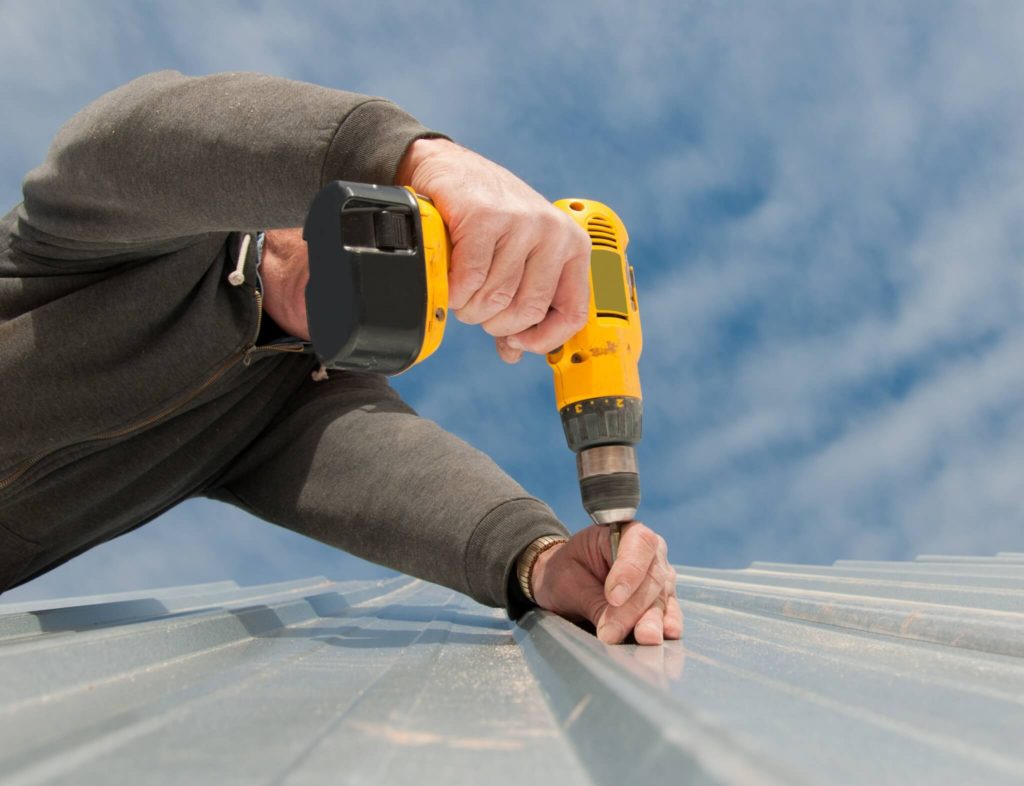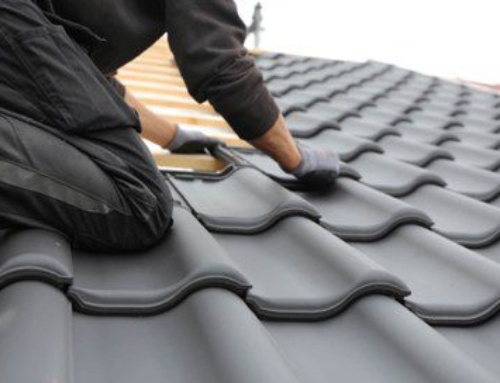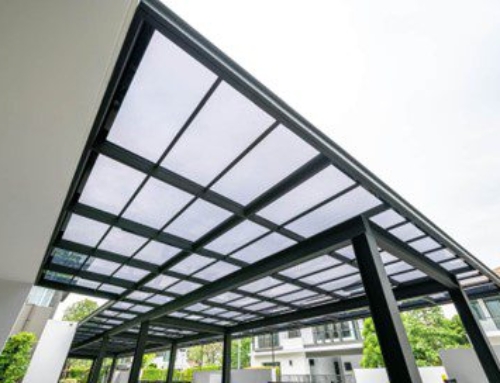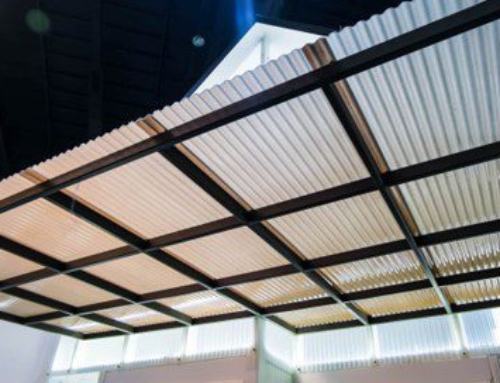
Safety on the Roof – Don’t Get It Wrong
DIY projects can be a lot of fun and the worst consequences are typically a sore thumb or a birdhouse that doesn’t quite look like the photo in the instructions. However, when it comes to roofing, the stakes get a little higher. A fall from the roof – or through the roof – can result in broken bones, concussions, paralysis or even fatalities. Before you even think about getting out the ladder, read through our essential safety guide for working on the roof.
Don’t Burn or Freeze
A big project can take hours of work and there is generally little to protect you from the elements when up on the roof. You’ll need clothes that are comfortable to work in and that protect you against the elements and UV radiation. Brisbane summers can be very hot and sunny, so wear long sleeves, lightweight clothing and a hat. Slather on that sunscreen and have plenty of water on hand. If you start to feel lightheaded or unsteady on your feet, take a break and cool off.
Be sure to check the weather reports as well, you don’t want to get caught on your roof during heavy rainfall or an afternoon lightning storm! Autumn or winter may be better for this kind of work since Brisbane’s winters are very mild and much drier than summer. Working in the wet is always best avoided as the chance of an accident increases greatly. As well as dressing for the weather, you’ll need sturdy boots, safety gloves, safety glasses and a hard hat.
Invest In Good Boots
Don’t rely on hiking boots or running shoes to keep you safe on the roof; you should invest in some proper working boots. High-quality, steel-capped workers’ boots are designed specifically to be non-slip. They also protect you from scratches, cuts and puncture wounds as they are tough and hard to pierce. Many DIY roofing accidents occur because of slips that sturdy boots could have prevented.
Get a Good Safety Harness and Use It
However sure-footed you may feel on the roof, it only takes one mistake to fall. Slips and falls cause the most roofing-related injuries and deaths. As such, a good safety harness is insurance against the worst that might happen. It’s entirely possible you won’t slip at all but if you do, a harness won’t just keep you from injuring yourself – it could actually save your life. A safety harness is recommended for any roofing work, but the higher the roof and the steeper the pitch, the more essential it becomes. You can also consider combining your harness with temporary toeholds on the roof. If installed properly, these won’t damage your roof, but they’ll give you much more stability while you work.
Invest in an Extension Ladder
If you’re serious about working on your roof safely, don’t just use any old ladder. Invest in a high-quality extension ladder. Ladders that are too short to reach past your roof can force you to lean out to work, which can topple them right over. Once you’ve got hold of a quality extension ladder that can comfortably reach past the height of your roof, take the following precautions to use it safely:
- Set up your ladder on even ground. The ladder shouldn’t wobble at all once you step on it.
- Angle your ladder correctly. Place your ladder a quarter of its length away from the roof. For instance, if your ladder is eight metres tall, place the bottom two metres away from the edge of the roof.
- Fasten the ladder securely to the roof.
- Consider adding roof brackets with a board between them to create scaffolding that can keep you from falling if you slip.
Now that you know what safety precautions to take, you’ll need high-quality roofing materials from Rollsec. For the best metal roofing around, contact the experts on 07 3041 4980 or fill out the online enquiry form.





